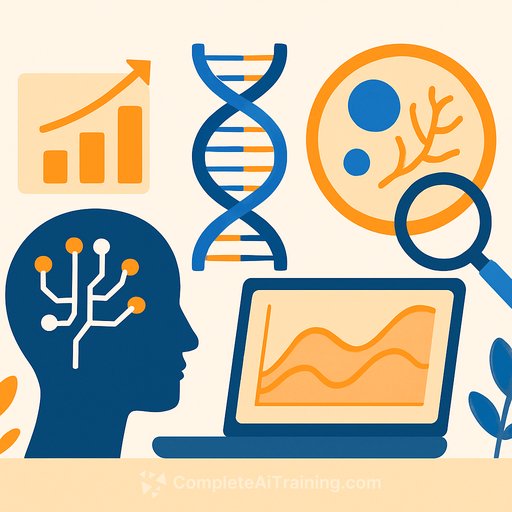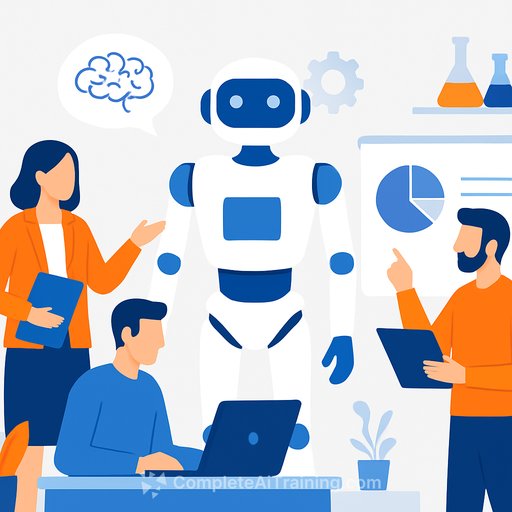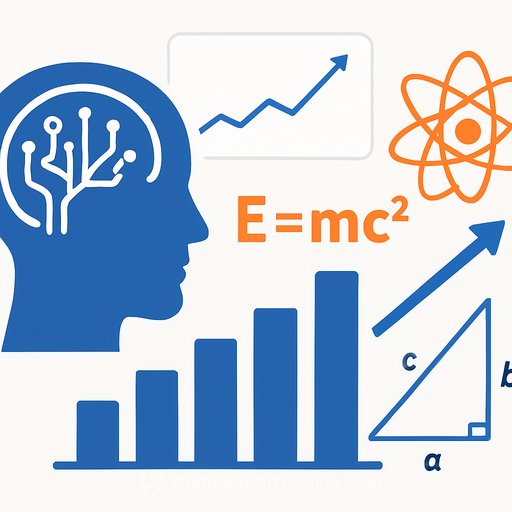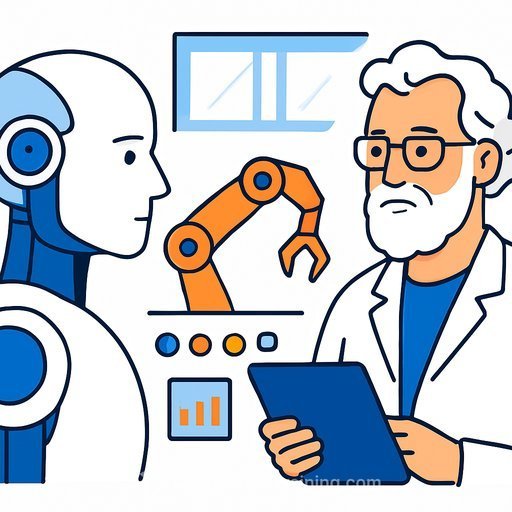The Rise of AI in Biology: A Simulation-First Approach
Many biology labs today, especially smaller or early-career groups and those outside major funding centers, face a difficult reality: shrinking budgets, rising costs, limited access to advanced technologies, and pressure to publish frequently. The challenge isn't just about keeping up with innovation—it’s about staying relevant in the field.
Simulation-first approaches offer a practical solution. By allowing researchers to test biological hypotheses computationally before investing in costly experiments, these methods enable smarter research on limited budgets. Constraints often push innovation.
AI-Guided Predictive Modeling
One growing approach is AI-guided predictive modeling. These models simulate biological behavior using data-driven techniques to reveal new insights. Methods like generative modeling simulate how cells respond to genetic or environmental changes, while probabilistic inference estimates the likelihood of different biological outcomes.
Such AI models are already widely applied—to forecast weather, simulate disease outbreaks, and model ecosystems. In single-cell biology, tools like CellOracle, scGen, and scVI can predict how cells react to perturbations, reprogramming, or development signals. DeepCell uses deep learning to automate single-cell image analysis, dramatically reducing manual work. AlphaFold predicts protein structures quickly, compressing what used to take months or years of lab work into minutes.
AI is becoming an essential partner in shaping and refining biological hypotheses before entering the lab. These models perform best with large, high-quality datasets, which can be challenging for under-sampled systems or limited samples. Still, when good data are available, or when datasets are designed for AI compatibility, these tools provide a faster, cost-effective way to generate hypotheses, prioritize experiments, and deepen biological insight. Predictive modeling complements wet lab work—it doesn’t replace it, but makes it more efficient and targeted.
Practical Applications and Workflow Changes
Simulation-first methods are already changing how research is done. For example, a team at Harvard Medical School used CellOracle to infer gene regulatory networks from single-cell multi-omics data and simulate transcription factor perturbations in silico. This helped identify key developmental regulators worth experimental validation. Predicting shifts in cell identity computationally allowed them to conserve time and resources by focusing lab work on the most promising targets.
Similarly, researchers at HelmholtzAI developed scGen to predict cellular responses to diseases and drug treatments. This approach maps likely outcomes before any costly screening, improving experimental planning.
Limitations and Cultural Shifts
AI models depend on the quality of data and underlying assumptions. Their predictions should guide, not replace, biological reasoning. Beyond improving efficiency, these tools democratize access to biological insights. Once trained, researchers with limited resources can run predictive models using publicly available datasets.
Resources like the Human Cell Atlas, the Gene Expression Omnibus (GEO), and Tabula Sapiens provide comprehensive single-cell profiles that can power discovery without requiring immediate lab access or large budgets.
Despite their potential, AI tools require some computational knowledge and context to use effectively. Adoption barriers include learning curves, uncertainties in interpreting predictions, and communication gaps between experimental and computational scientists. However, documentation and community support are improving, and many tools now offer tutorials.
Adopting AI in biology also requires a mindset change. Some biologists still view modeling as too speculative or abstract. But integrating AI as a complementary part of research pipelines can open new opportunities. Predictive modeling helps ask smarter questions, explore rare or complex systems, and build reproducible, generalizable biological models. It encourages strategic, inclusive, and sustainable research practices.
The Future of Biological Research
Increasingly, biologists recognize that the limit to meaningful questions is no longer what can be measured but what can be modeled. In an era of abundant data, insights come from interpretation, not just data generation. AI-driven models connect raw data to meaningful biological insight, enabling faster progress and smarter research.
In times of shrinking budgets and growing ambitions, adopting simulation-first approaches is not optional—it is becoming the foundation of modern biological discovery.
References
- Kamimoto K, et al. Dissecting cell identity via network inference and in silico gene perturbation. Nature. 2023;614(7949):742–751.
- Lotfollahi M, et al. scGen predicts single-cell perturbation responses. Nat Methods. 2019;16(8):715-721.
Your membership also unlocks:






